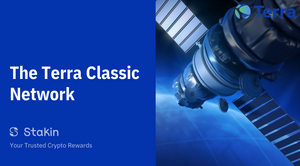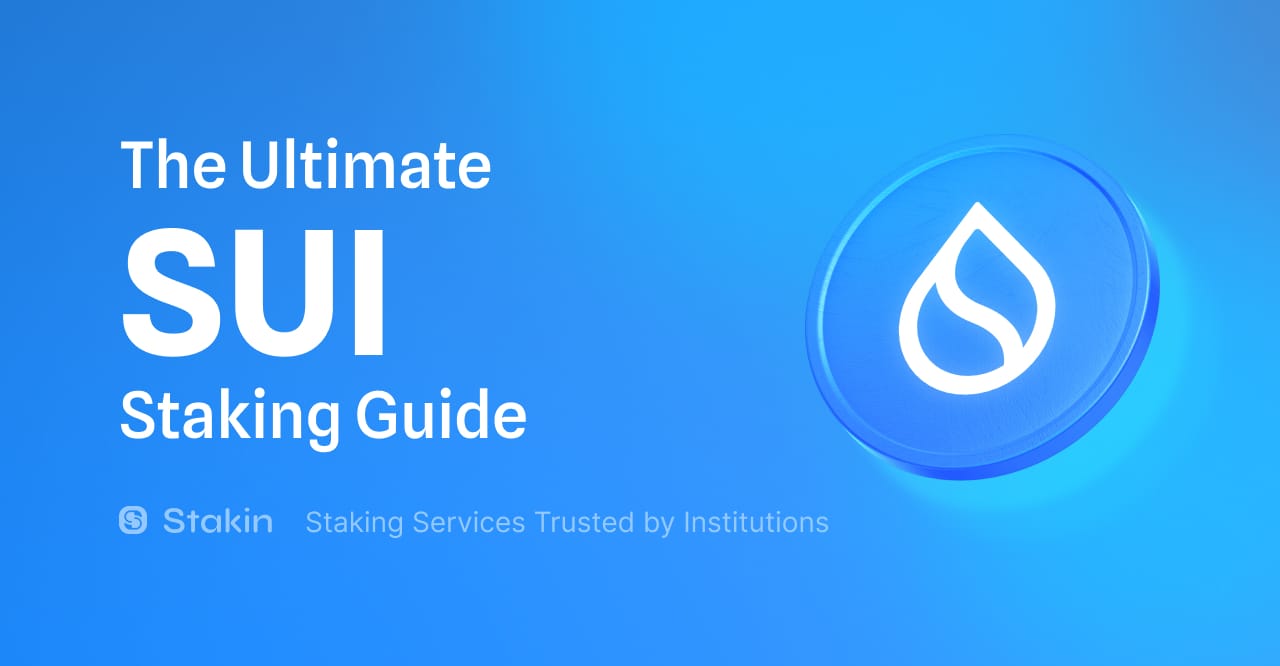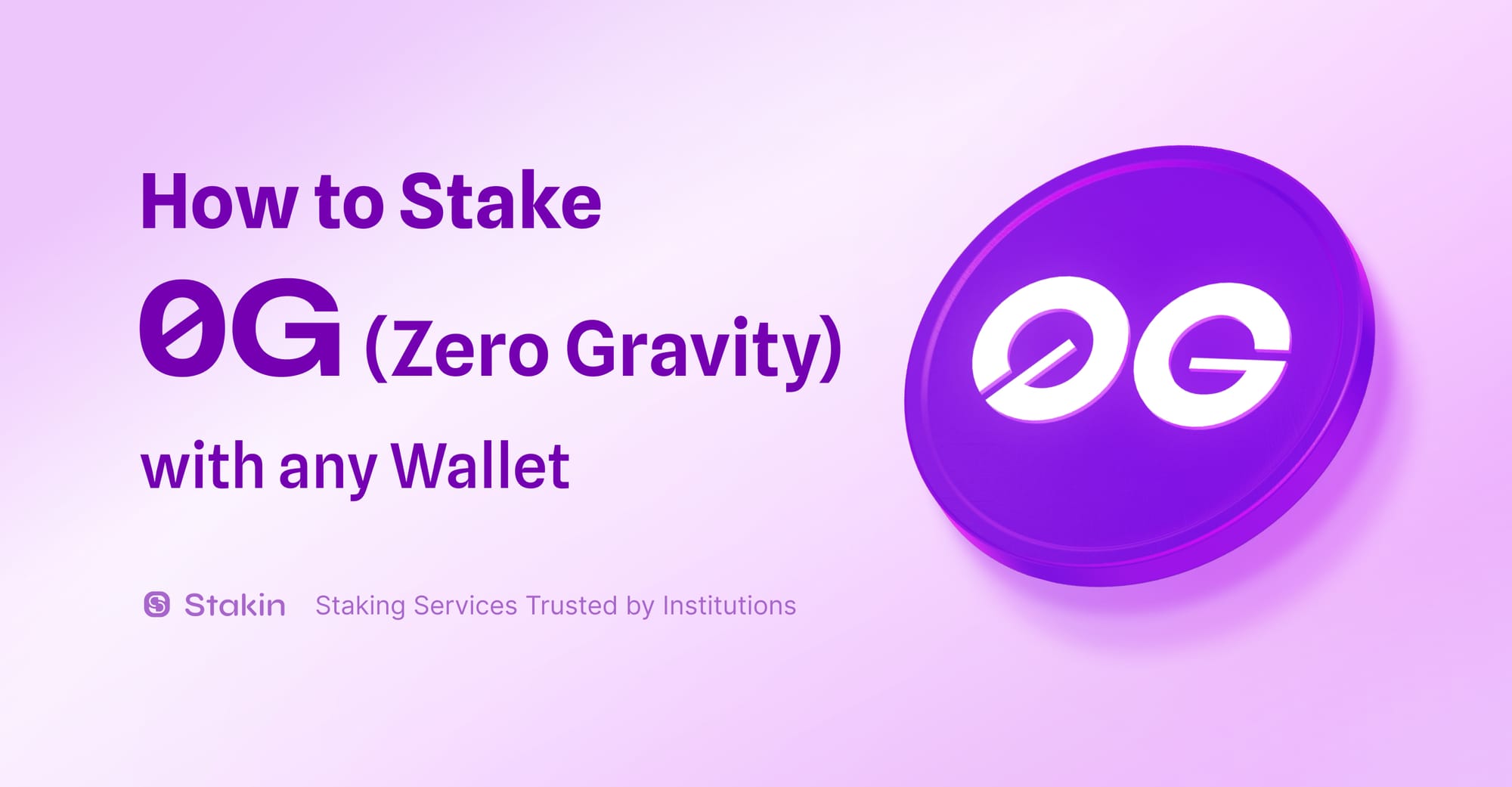PLEASE NOTE!!! The blockchain network mentioned in the article is the previously known Terra Money network, now Terra Classic and the predecessor of Terra 2. Terra Classic was essentially an algorithmic stablecoin project, which failed in May 2022, with the UST Classic depeg. On May 25th, 2022, Terra Classic users passed governance proposal 1623, which outlined the genesis of the new Terra chain.
🧐 Introduction to Terra Classic
The Terra Classic Protocol is the creator of the Luna Classic Token, Terra Core, and the blockchain payment solution CHAI. The Terra Protocol’s mission is to free people from the hidden fees embedded into everyday payments. They want to strip away all inefficiencies by using blockchain. The design of the Terra Classic is based on two things: stability and adoption by e-commerce platforms.
The Terra Classic Protocol runs on a Tendermint Delegated Proof of Stake algorithm and Cosmos SDK. It is aimed at becoming a new worldwide financial infrastructure on which different DApps can be created. Terra Classic designed a stablecoin that can be used as a payment method on its blockchain payment solution.
The blockchain payment solution CHAI was launched in June 2019 as a mobile payments app. CHAI offers the possibility for the same seamless payment experience as mainstream apps like PayPal. However, the transaction fees and instant connect to sellers through the blockchain technology, is what makes this DApp stand out. In February 2020, the DApp had 1.2 million users.
⚖ Terra Classic Stability
The Terra Classic Network has created a stable-coin mechanism. Their goal is to create a stable-coin that has purchasing power to be able to participate in the e-commerce world.
Some of the world’s major fiat currencies such as USD, KRW, MNT, and the IMF SDR are already available as stablecoins on the network. With time, more and more currencies, such as EUR, CNY, JPY, and GBP were added. TerraSDR is the currency in which transaction fees, miner rewards, and stimulus grants were denominated. A system supporting atomic swaps was brought in place to make it possible for Terra Classic currencies to be exchanged at their market rates.
Measuring the stability of the coin was done with miner oracles. The reasoning behind this is that the price of Terra Classic currencies in secondary markets was originated outside the blockchain. Therefore, the system had to rely on a decentralized price oracle to estimate the true exchange rate. The oracle mechanism worked as follows:
- Miners submit a vote for what they believe to be the current exchange rate between the Terra sub-currencies and fiat assets.
- The weighted median of the votes will be set as the true rate.
- An x amount of Terra is rewarded to those who voted within 1 standard deviation of the selected median.
The price-stability was achieved by consistent mining rewards. The basic principle behind this is: when the price of Terra Classic rises above the target, the protocol needs to expand its supply. And when the price falls below the target, the supply needs to be contracted. Contracting and expanding Terra’s supply simply means buying or selling Terra at its target price. LUNC was used to making these exchanges possible; therefore, it absorbed volatility in the demand for Terra Classic. The supply of LUNC fluctuated in accordance with the changes in Terra Classic demand.
Miners were the security of the network and the stability of Terra Classic. By shielding miners from the volatility, rewarding them according to the fluctuations in demand. Miners are rewarded through transaction fees; every transaction pays a small fee to miners. Secondly, seigniorage was used as a reward; whenever the protocol mints Terra Classic and earns LUNC in return, it generated seigniorage (profit from minting).
🌙 The LUNC Token
As mentioned above, the Terra Classic Protocols’ first native token is called Terra. However, they created a second token called Luna Classic (LUNC) — which was the token that was used for staking and to obtain authority within the network. The LUNC staking protocol was based on Cosmos and had a lock-up period of 21 days.
More information & sources
DISCLAIMER: This is not financial advice. Staking and cryptocurrencies investment involves a high degree of risk and there is always the possibility of loss, including the loss of all staked digital assets. Additionally, delegators are at risk of slashing in case of security or liveness faults on some PoS protocols. We advise you to DYOR before choosing a validator.



